This recipe is adapted from Everyday Food magazine. And yes, the spiced squash is just as good without the pork!
Pork Loin with Spiced Butternut Squash
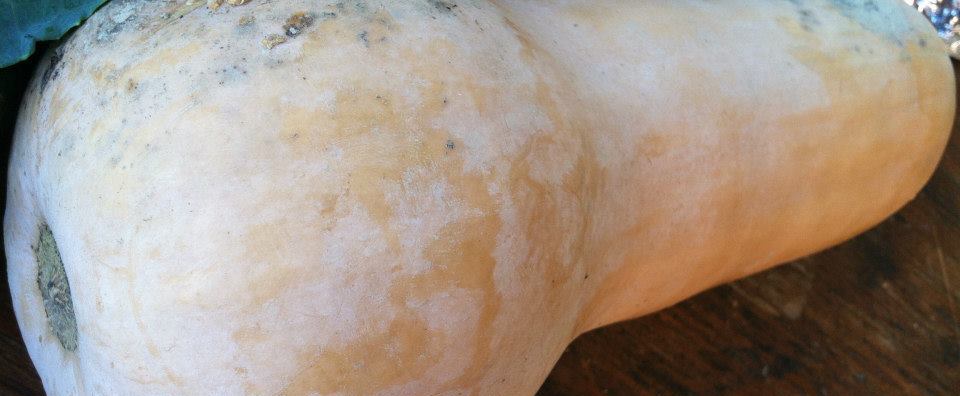

This recipe is adapted from Everyday Food magazine. And yes, the spiced squash is just as good without the pork!
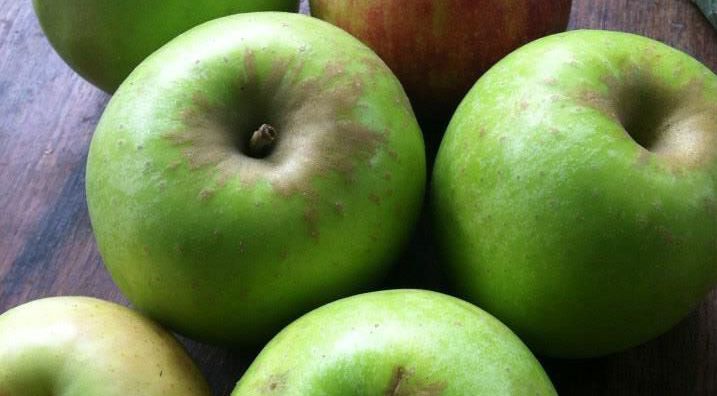
So now I’m pretending the temperatures are cooperating and a nice stew is in order. Or maybe you’re just ready for stew no matter that it’s in the upper 80s out there.
Maybe you still have a carrot or two left over from last week? If not, skip the carrots in this recipe. Add more squash, dice in eggplant instead, substitute a few peppers ….. it’s up to you. I don’t remember where this recipe came from, but hope you’re using Riverview pork when you make it.

Long beans are my very favorite green beans. Make this dish with any Thai curry paste your household prefers.
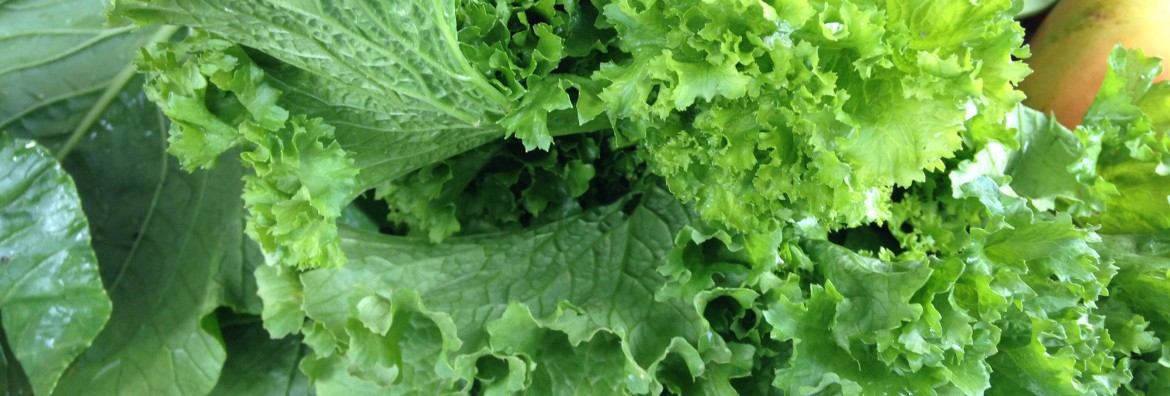
Scott Serpas of Inman Park’s Serpas True Food demonstrated this recipe at the Peachtree Road Farmers Market as well. It’s going to use up your mustard greens and some of your okra. Truly, this dish goes together in about 10 minutes.
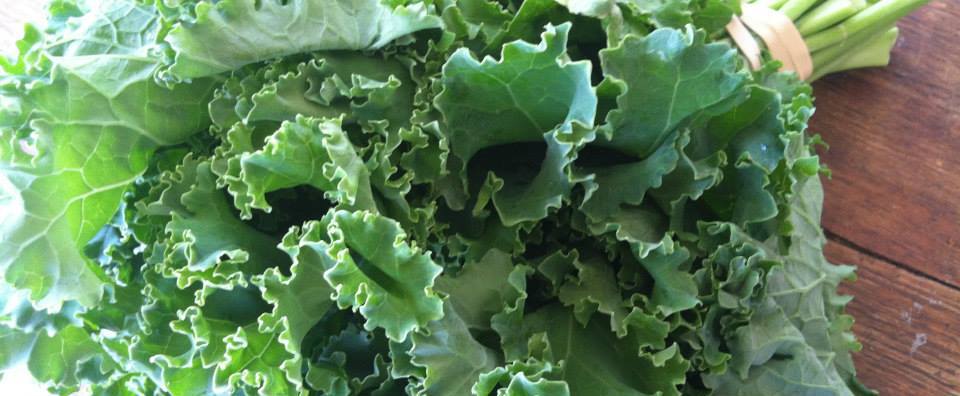
Yes, this one is a little complicated, but worth it. The smell of that pork shoulder roasting is an incredibly fragrant way to perfume your house on a cool weekend afternoon. Serve it as a sandwich as given here, or skip the rolls and cheese and plate it up for dinner. Pick up the biggest pork shoulder you can find at one of Riverview’s many farmers market booths this week.
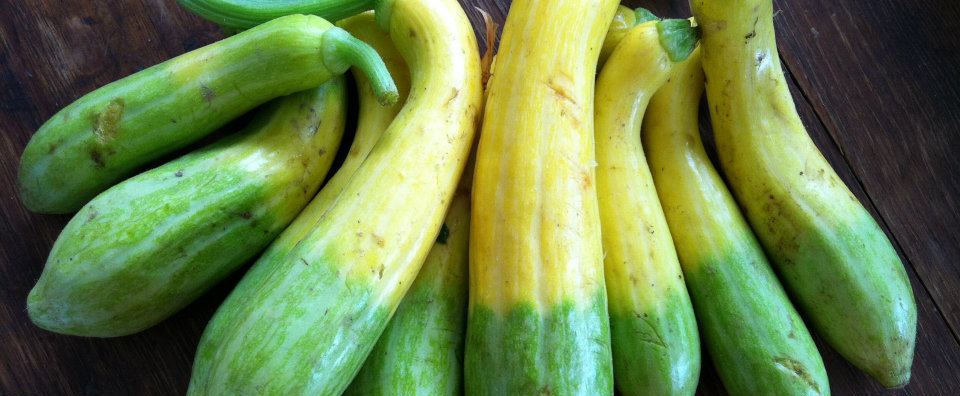
Ok, not a fan of lamb? Pork loin will work or cubes of chicken breast. But it’s worth trying with the lamb. Delicious.
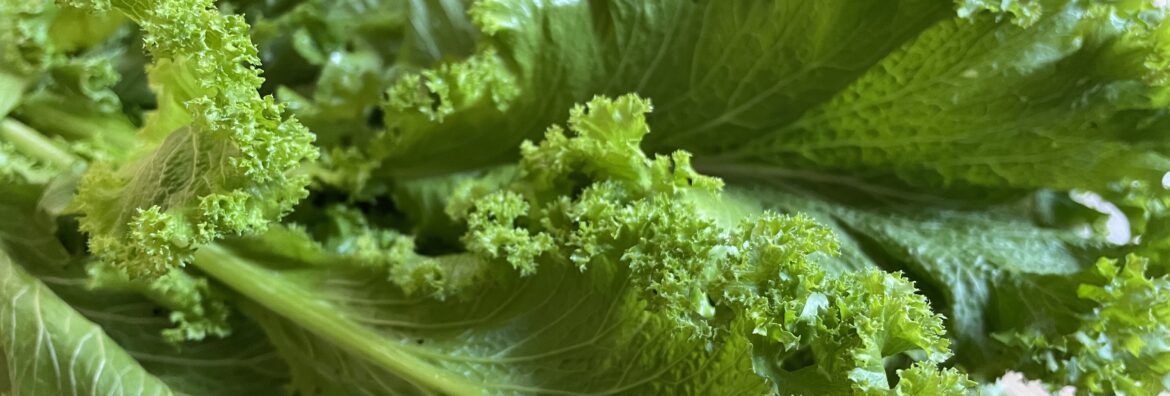
This recipe is a direct lift from Southern Living. Hmmmm …. bacon ….
To keep things local, Pine Street Market in Avondale Estates is known for their bacon and sources their pork from Riverview!

This recipe is from “Keepers: Two Home Cooks Share Their Tried-and-True Weeknight Recipes and the Secrets to Happiness in the Kitchen,” by Kathy Brennan and Caroline Campion. I’m pretty certain most of us don’t need too many ideas for potatoes, but since we’ve had an abundance (yay!) this year, I figured one new recipe couldn’t hurt.
From the authors of the cookbook: This recipe is based on a popular Japanese stewed dish called nikujaga (niku means “meat;” jaga means “potato”), which Kathy’s mom often made when she was growing up. It’s home cooking at its best, the kind of food you want to eat when you’re tired or in a funk or under the weather.
Unlike in America, stewed dishes in Japan tend to be very light and contain only a small amount of liquid, which is more of a flavorful broth than a “sauce.” Like most stews, though, it reheats wells and tastes even better when the flavors have had time to meld, so don’t hesitate to make it in advance or to double the recipe to ensure leftovers. This is also a good dish for nights when people will be eating dinner at different times; just leave it on the back of the stove and spoon it out when needed. Serve with steamed rice, if you like.

Ever thought you’d like to make your own sausage? Try this recipe. No shallot? Use one of the sweet onions you got in a past box.
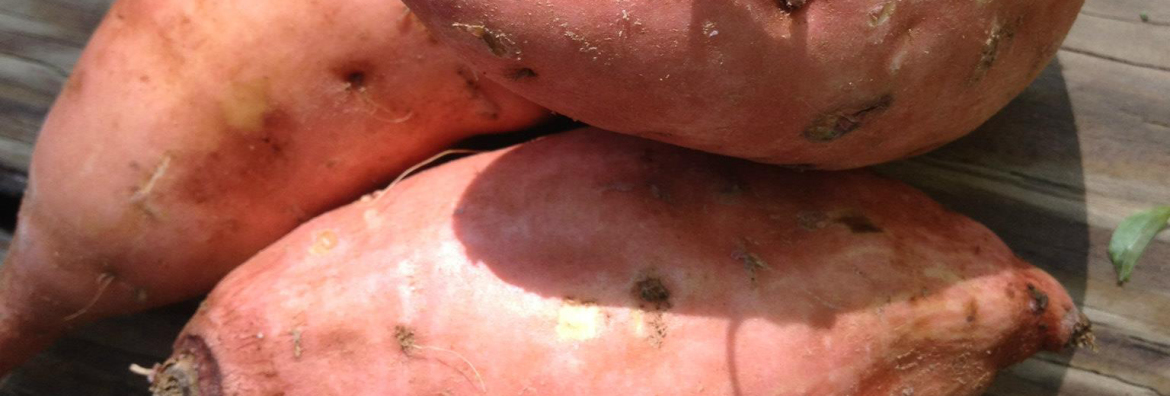
From Fine Cooking magazine